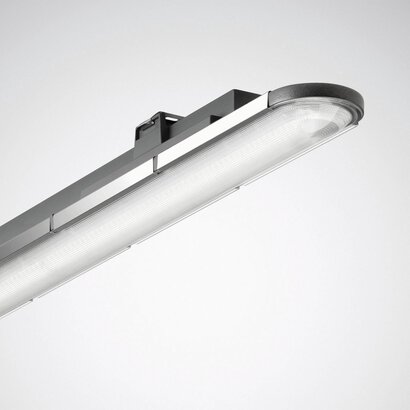Luminaires with higher degree of protection
Table options
Table options
All filters
Lighting technology
Ra >= 80
4044
Ra >= 90
242
2700 K - 6000 K
90
2700 K - 6500 K
25
3000 K
901
3000 K - 4000 K
2
4000 K
2814
6500 K
212
RUGL <= 19
481
RUGL <= 22
2122
RUGL <= 25
3590
RUGL <= 28
3922
L70 (25 °C) = 50,000 h
1
L70 (25 °C) = 70,000 h
1
L70 (25 °C) = 100,000 h
37
L80 (25 °C) = 35,000 h
4
L80 (25 °C) = 50,000 h
800
L80 (25 °C) = 60,000 h
26
L80 (25 °C) = 70,000 h
1229
L80 (25 °C) = 85,000 h
92
L80 (25 °C) = 100,000 h
1782
L80 (35 °C) = 100,000 h
27
L80 (40 °C) = 100,000 h
62
L80 (55 °C) = 50,000 h
28
L90 (25 °C) = 50,000 h
1114
L90 (25 °C) = 100,000 h
66
No
3998
Yes
45
Control
76
2034
507
1498
76
1
3794
2157
102
1627
1451
938
1694
No
1
418
90
1592
1944
Protection
>= 640 °C
4043
>= 840 °C
2070
>= 960 °C
49
IK02
104
IK03
1351
IK04
163
IK05
41
IK06
452
IK07
16
IK08
712
IK10
1205
IP20
30
IP40
577
IP54
641
IP65
26
IP66
2669
IP66/IP67
41
IP69(80°C)
80
IP66
35
IP54
40
IP65
32
IP66
2636
IP69(80°C)
80
I
4025
II
19
Dimensions
260
9
44
114
32
1
583
1598
32
1462
136
28
48
14
14
20
9
13
13
24
10
26
22
28
12
5
13
4
14
14
450
278
50
270
69
Other
3312
887
2203
395
115
61
1682
2455
146
117
170
8
1159
Product range
18
18
14
1120
14
537
845
1065
30
26
3802
607
230
78
28
40
3781
12
88
3830
2666

Nextrema
260 Products

Aragon Fit
537 Products

Oleveon Fit
246 Products

Deveo Fit
28 Products
New

Deveo
8 Products

Tugra
1834 Products

Duroxo
2 Products

Fidesca PM
8 Products

Fidesca SD
41 Products

Fidesca BS
26 Products

ArimoFit IP
14 Products

4401 G2
26 Products

Olisq L
424 Products

Olisq Q
268 Products

Olisq R
446 Products

Limaro
4 Products

Supriva
1 Products
New

Kratex
28 Products

Strongex2 G2
23 Products

Orex
41 Products

Acquex
22 Products
